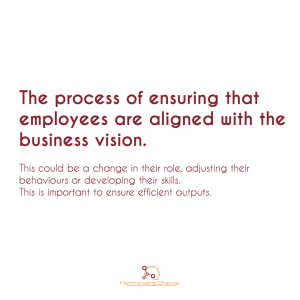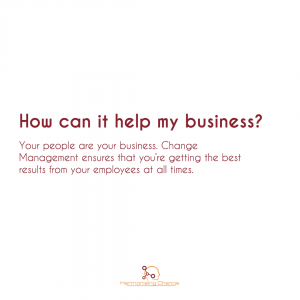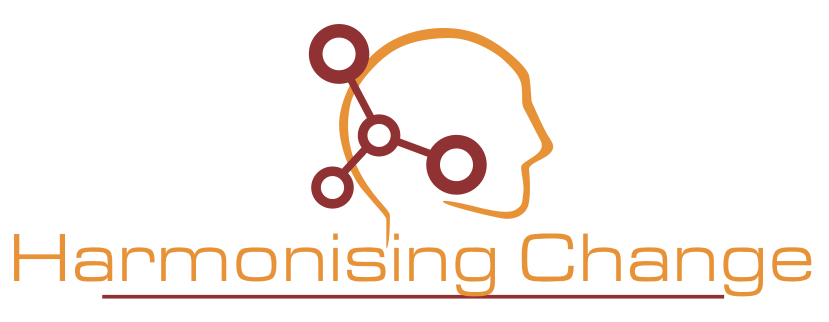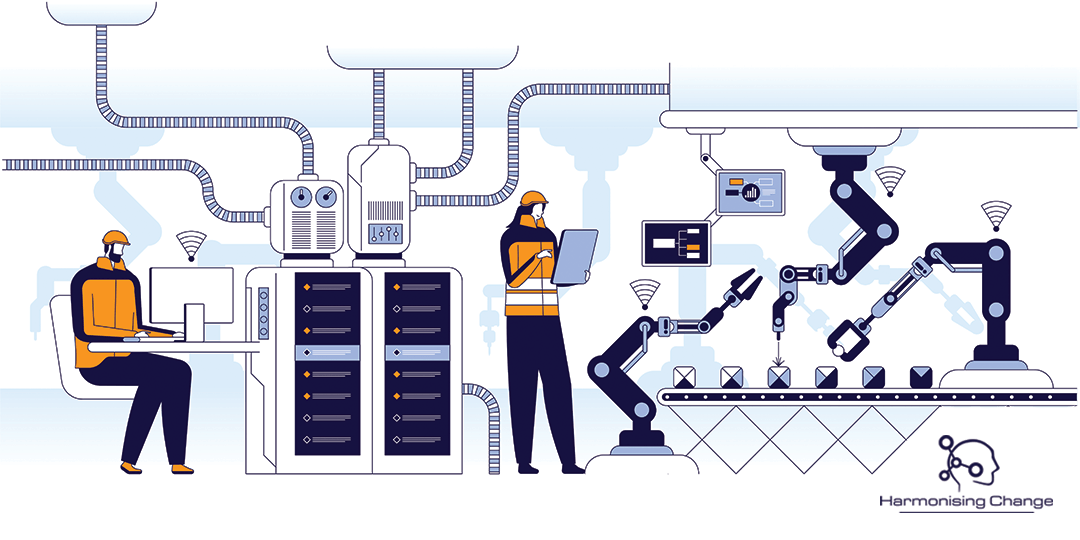
Identifying and implementing change in businesses
Going into 2021, one of our main business goals was to ensure that Harmonising Change becomes the voice of positive change.
With that, we realised that not many entrepreneurs, business leaders and managers fully understand what change management is. So, we’re going back to basics.

As businesses look to rebuild the way they operate, we’re working with a strong focus to build change management into organisation’s DNA.
Last week on our social channels, we looked at defining change management. What is it?
While nearly impossible to pinpoint an exact definition,we settled on:

We then took a look at how it can be helpful to your business.

The key takeaway here is that change management is not a D.I.Y exercise. It is not deciding on an aspect of change, and expecting to see results immediately.
“Change Management means addressing the human aspect of your organisation. Identifying that, at some point, employees have become misaligned with the company vision. This happens. It’s perfectly natural for this misalignment to take place as the business grows, as it evolves.”
With that in mind, let’s take a look at the need for change. When is it necessary? What are the impacts and who is affected?
For any transformation to be successful, it is important that all executives and decision makers are aligned on the change. In order to do this we have to:
- Have a clear definition of the change,
- understand why we are making the change [this includes analysing what currently works and doesn’t work that may have prompted the decision] and lastly,
- analyse how it is going to affect the business overall.
Because implementing any kind of transformation relies on changing people’s behavioural habits, it takes time and effort. It also means that entire business processes will need to change. So once we’ve identified a potential change, we need to critically think about whether this change actually needs to happen.
Once we’ve weighed all of the pros and cons, and decided that it is best practice for the business to go ahead and implement the change, we need to look at what the future state of the organisation will look like. This involves:
- Designing new roles and responsibilities;
- Define how people’s jobs will change;
- Understanding and communicating the change with the people affected;
- Putting forward ways in which these people will be supported during the transition;
- Allocating rough timelines to the change project with key milestones in place.
Change Management, therefore, is not a high level, ‘shotgun’ approach to change. Because you’re dealing with each of the individuals that make up your business, each of them will have their own individual experiences of the transformation. By building agility, a sound attitude to change and an evolving strategy, change can become an essential part of the building blocks that make up any business. And if 2020 taught us anything, the ability to adapt and survive is no longer negotiable when planning for the future of work.
Contact Harmonising Change for more information.



